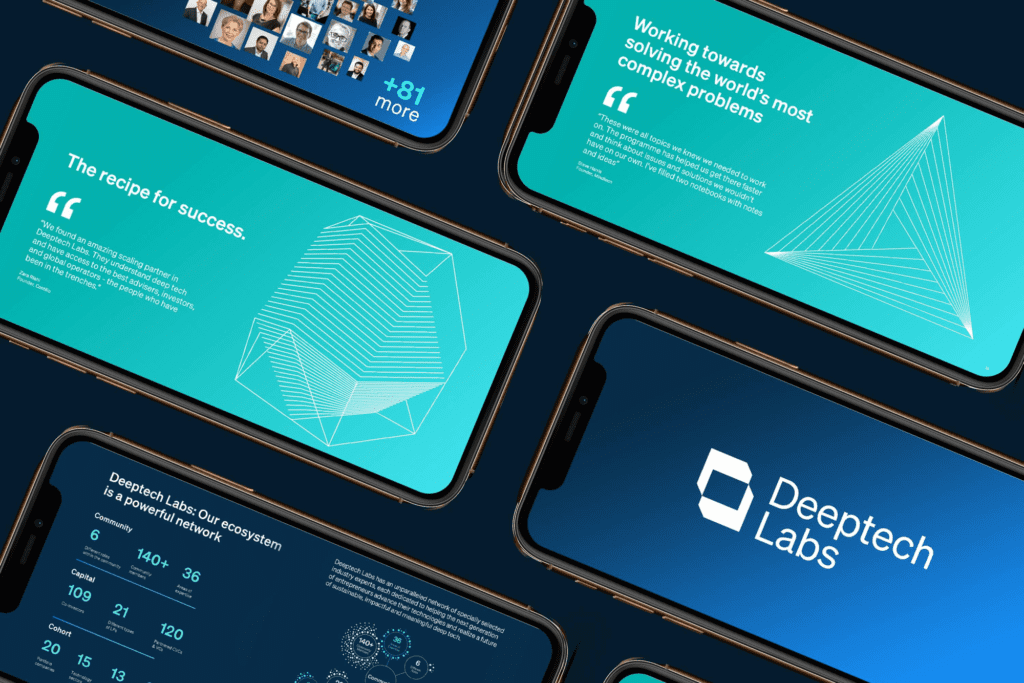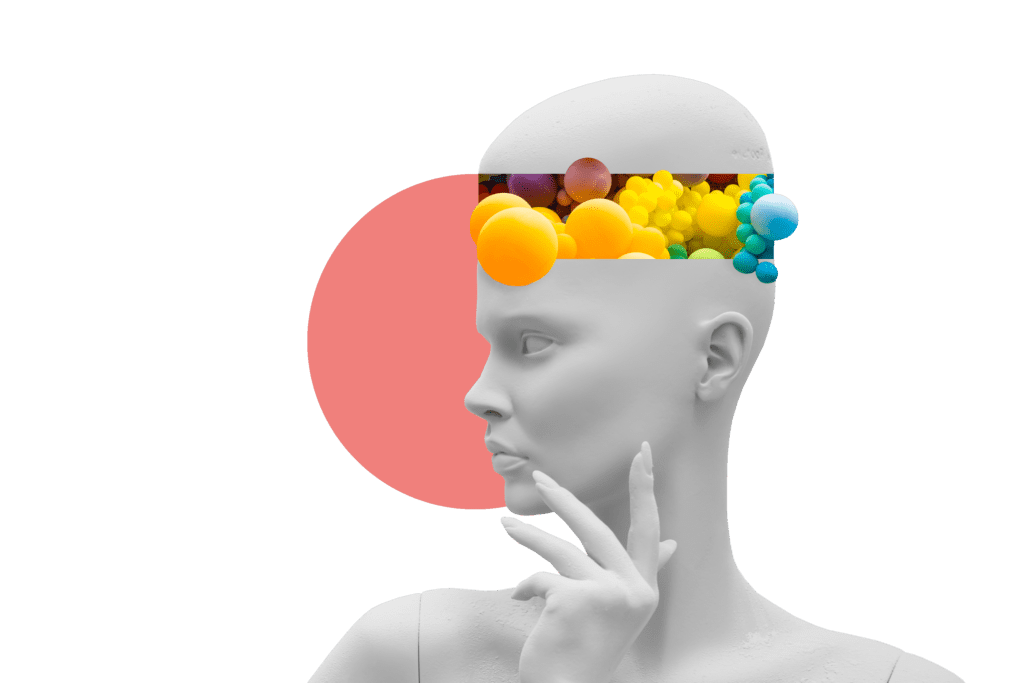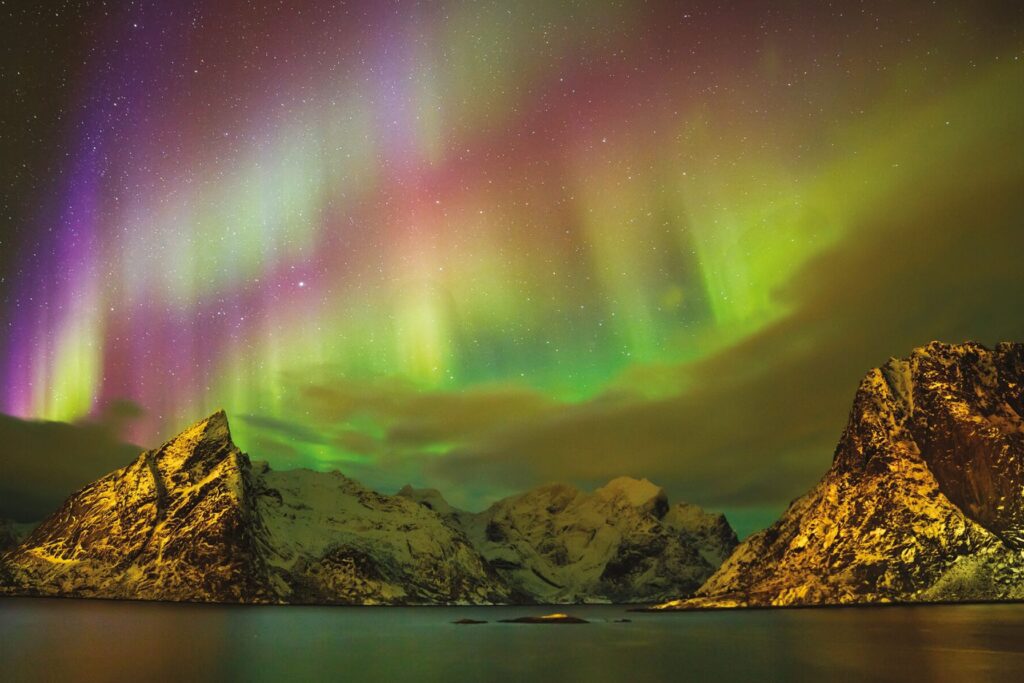Colour plays an important part in branding. Psychology shows us that colour can subconsciously evoke emotions in us, creating positive or unique ideas about the business. It can be a way to distinguish a brand from its competitors, establish its own identity and create relationships between business and consumer.
In our book Radiance- a colourful story we deep-dived into the stories behind our favourite colours. By looking at their history and historical uses, we discovered fascinating anecdotes and insight into the reason colours are perceived the way they are. Purple is seen as expensive, as it has been since Roman times. Pink is seen as sedate and dignified, in part due to its association with religious paintings of the Renaissance period.
When creating or rebranding a brand, these colour choices should form an integral part of your thinking. Where a wordmark or tagline has the added stimulus of language, those logos which do not contain text elements rely on colour and imagery to create brand personality.
This is how the colours behind your favourite brands are influencing you psychologically, and why you should use them for your own brand…
Red
The most visceral colour, red delivers impact and drives emotion. It’s confident and conveys strength and power. Forever associated with blood and danger, red is also closely linked to love, passion and sexuality.
All of these qualities make it a great colour for branding. Especially popular with fast food brands, such as McDonald’s and KFC, and beverages like Dr Pepper and Coca-Cola, red is often believed to stimulate hunger (although this article seems to debunk that myth). Research shows that 30% of top brands use red in their logo, including Nike, Puma and Nintendo – brands associated with action.
Representing danger, red stimulates faster breathing and an accelerated heartbeat. It makes a powerful corporate colour and stands out on web pages or on a shelf, making it the ideal choice for ‘buy now’ buttons or special offers. Notice the placement of the red colour in the YouTube logo. It’s the famous play button, encouraging clicks of their videos.
Orange
Despite being the colour of enlightenment in Buddhism, orange is a bit of an outlier in branding. Rarely used by traditional, high-end or more ernest brands, orange instead represents adventurous, fun and enthusiastic brands, and those appealing to a younger audience.
Orange was the colour chosen by the mobile phone brand of the same name to issue in a bright future in the late 1990’s, while Harley-Davidsons have long been seen as exciting and adventurous. Orange can also represent affordability. Amazon use this to show their products are affordable for all, likewise hardware stores, such as Homebase.
Whatever the connotations, orange is a colour that stands out. Think about the well-known airline with orange branding. It may not be for favourable reasons, but you’re certainly aware which one we’re talking about…
Yellow
Yellow is a branding colour that conveys positivity. The colour of clarity and confidence, brands often use yellow to convey playfulness and self-assurance – “Look at me!”.
Famous brands that use yellow, include MacDonald’s (those golden gates alongside its famous red), Subway and Ikea. Attention-grabbing, these brands all use bright hues to attract customers from far and wide.
Green
Associated with life and vitality, green is the perfect brand colour for those with health or sustainability at their heart. High street brands, such as Holland & Barrett use green to highlight the health benefits of its products.
In branding, darker tones are often used to signify wealth, prestige and stature. Think of long-established brands such as Waitrose, Land Rover or Lacoste.
Blue
Nowadays, blue is the most popular colour in branding, with 35% of top brands using the colour to convey trustworthiness, intelligence and competence.
It’s easy to see why blue is so popular. Its association with natural elements, such as the sky and the oceans, make it calming and familiar. It’s a conservative but dependable choice, which represents trust and reliability.
Because of its feeling of intelligence and competence, blue is a favoured brand colour of tech firms, including Samsung, IBM and Facebook.














































